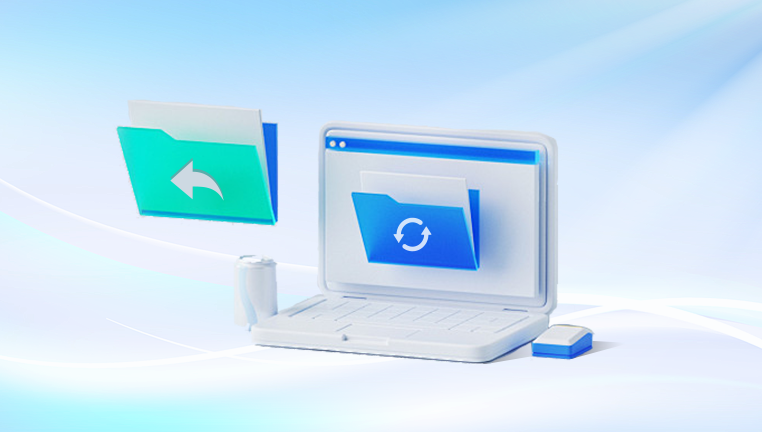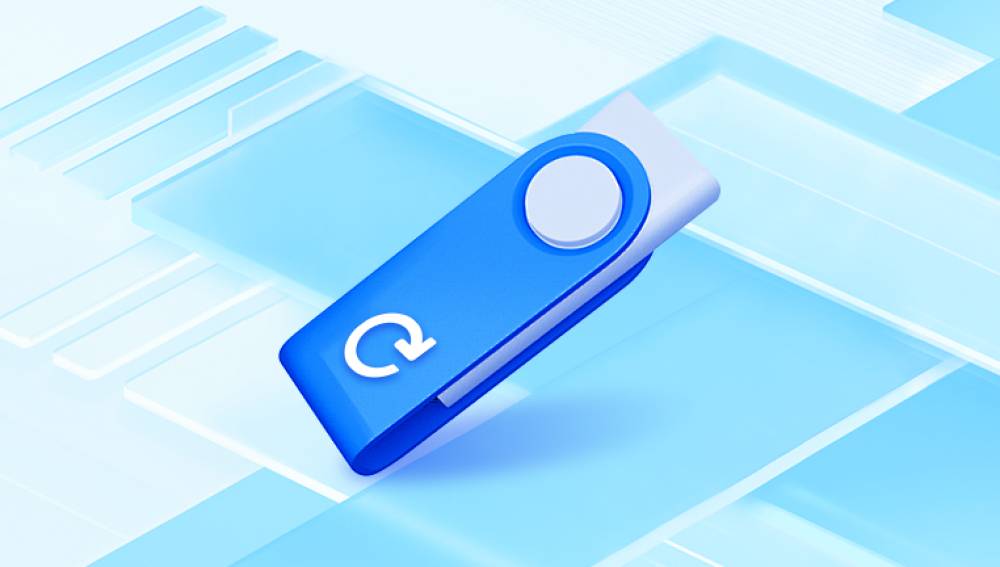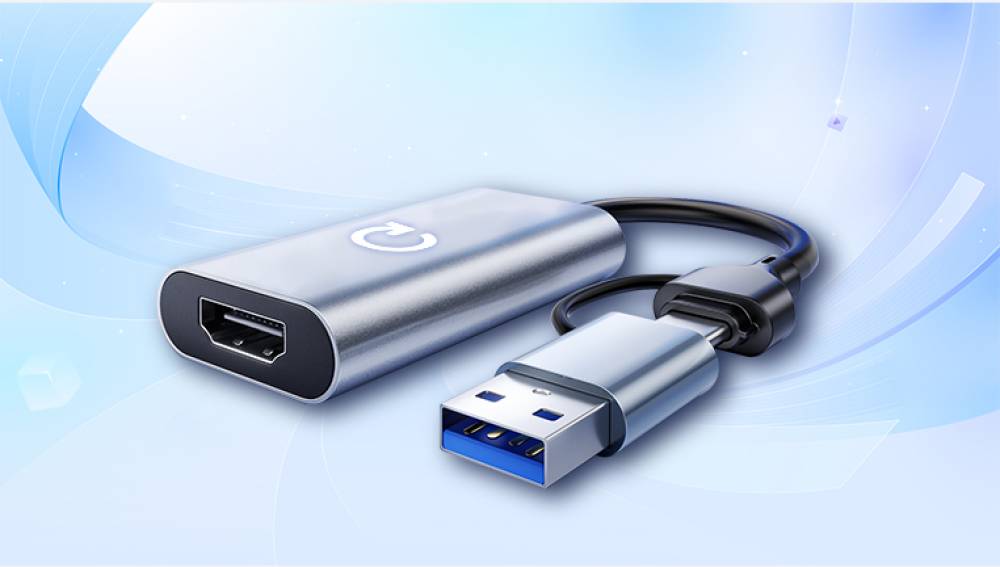Formatting a USB drive for Rekordbox involves several steps to ensure that it works properly with your DJ equipment, especially when transferring and playing music files during sets. Here’s a comprehensive guide on how to format a USB drive for Rekordbox, with technical details, best practices, and troubleshooting tips.
1. Understanding Rekordbox USB Requirements
Rekordbox, developed by Pioneer DJ, is a powerful DJ software used for organizing music and preparing sets for playback on Pioneer DJ equipment. When using Rekordbox, your USB drive acts as the primary medium to transfer music and metadata (cue points, loops, etc.) to CDJs and other hardware.
Key Requirements:
Compatibility: Your USB must be formatted in a file system that the Pioneer DJ equipment can read, which includes FAT32. exFAT, or HFS+.
File System: The choice of file system depends on the size of the drive and your operating system:
FAT32: Works on both Windows and macOS and is compatible with most DJ equipment but limits the file size to 4GB.
exFAT: Works on newer Pioneer DJ devices and supports larger file sizes (more than 4GB), ideal for modern systems.
HFS+: Best for macOS users but may not be compatible with all Pioneer devices.
Recommended:
For most users, FAT32 or exFAT are the best options, with exFAT being preferred for larger music collections or modern DJ systems.

2. Choosing the Right USB Drive
Before formatting your USB, choose a high-quality drive with fast read/write speeds and enough storage space for your music library. Look for:
Capacity: Depending on the size of your music library, USB drives with capacities ranging from 16GB to 512GB or more are widely available. 64GB or 128GB is often a good middle ground.
Speed: Ensure the USB drive has a high read/write speed to prevent lag when loading tracks. Look for USB 3.0 or USB 3.1 as they offer significantly faster speeds compared to USB 2.0.
Durability: Choose a reliable brand known for quality and longevity, especially for frequent gigging.
3. Steps to Format USB for Rekordbox
The steps to format a USB drive for Rekordbox differ slightly based on whether you’re using Windows or macOS. Here's a breakdown for both platforms.
Formatting USB Drive on Windows
Insert the USB Drive:
Plug your USB drive into an available USB port on your Windows computer.
Open Disk Management:
Press Win + X and select Disk Management from the menu.
Locate your USB drive in the list of storage devices.
Backup Any Data:
Formatting will erase all data on the USB, so make sure to back up any important files.
Choose File System:
Right-click on the USB drive and select Format.
In the format options, you can choose the File System:
Select FAT32 if your USB drive is smaller than 32GB or for maximum compatibility with older DJ equipment.
Select exFAT if your drive is larger than 32GB and you need support for files larger than 4GB.
Ensure Quick Format is checked for faster formatting.
Allocation Unit Size:
Leave the allocation unit size to the default value (usually 4096 bytes).
Label the USB Drive:
Give the drive a relevant name (e.g., Rekordbox USB) to easily identify it when inserting into DJ gear.
Complete the Format:
Click OK to begin the formatting process.
Once the format is complete, your USB drive will be ready for Rekordbox.
Formatting USB Drive on macOS
Insert the USB Drive:
Plug the USB drive into your Mac.
Open Disk Utility:
Use Spotlight Search to find Disk Utility or navigate to Applications > Utilities > Disk Utility.
Select the USB Drive:
In the left-hand column, find your USB drive and select it.
Backup Any Data:
As with Windows, formatting will erase all data on the USB, so ensure you’ve backed up any important files.
Choose Format Type:
Click on Erase at the top of Disk Utility.
From the Format dropdown, choose one of the following options:
MS-DOS (FAT32) if you’re working with older DJ equipment or need maximum compatibility.
exFAT for newer systems and larger USB drives.
Scheme (Partition Map):
Choose Master Boot Record (MBR) as the scheme if using FAT32.
For exFAT, GUID Partition Map is generally used on macOS.
Name the USB Drive:
Give the drive a name, something like Rekordbox USB.
Erase and Format:
Click Erase to begin the formatting process.
When it’s complete, you can eject the USB drive and start using it with Rekordbox.
4. Preparing Your USB in Rekordbox
After formatting the USB, the next step is to load it with music, create playlists, and transfer Rekordbox-specific metadata like cue points and loops. Here's how:
Open Rekordbox:
Launch the Rekordbox software on your computer.
Insert Your USB Drive:
Plug in the freshly formatted USB.
Sync Music Library:
Use the Export Mode in Rekordbox to transfer music onto the USB.
Simply drag and drop playlists or tracks onto the USB icon in the Devices section.
Analyze Tracks:
Before exporting, make sure Rekordbox analyzes all the tracks. This ensures that key metadata like BPM, key, and waveforms are available when playing back on CDJs.
To analyze, select your tracks, right-click, and choose Analyze Tracks.
Export Playlists:
You can export entire playlists or specific tracks to the USB. This ensures that your DJ sets are organized when plugged into CDJs or other Pioneer devices.
Safely Eject USB:
After the sync is complete, always eject the USB safely to avoid corruption.
5. Troubleshooting USB Issues in Rekordbox
There are some common issues that DJs face when formatting or using USBs with Rekordbox, such as USBs not being recognized or corrupted data. Here’s how to troubleshoot these problems.
USB Not Recognized by Rekordbox
Check File System: Ensure that the USB is formatted in FAT32 or exFAT. Pioneer DJ devices cannot read NTFS or some other file systems.
Reformat the Drive: Sometimes, a fresh format can fix recognition issues. Reformat the drive using the steps above.
Music Files Corrupted
Safely Eject the USB: Always eject your USB safely from your computer. Failure to do so can corrupt files, leading to problems during DJ sets.
Check Drive Health: Use diagnostic tools to check the health of your USB drive. If it has bad sectors or errors, it might need replacing.
Metadata Not Showing on CDJ
Sync Properly in Rekordbox: Make sure all tracks are analyzed and exported using Rekordbox. Syncing is crucial for metadata to appear on CDJs.
6. Best Practices for DJs Using USB with Rekordbox
To ensure a smooth experience, follow these tips:
Have Multiple USBs: It’s a good idea to have backup USBs in case one fails during a gig.
Organize Playlists: Use Rekordbox to create organized playlists for different sets, genres, or moods.
Label Your USBs: Clearly label each USB to avoid confusion.
Regularly Update Rekordbox Software: Keep Rekordbox and your CDJ firmware updated to ensure compatibility and new features.




